#pareidolia
Text
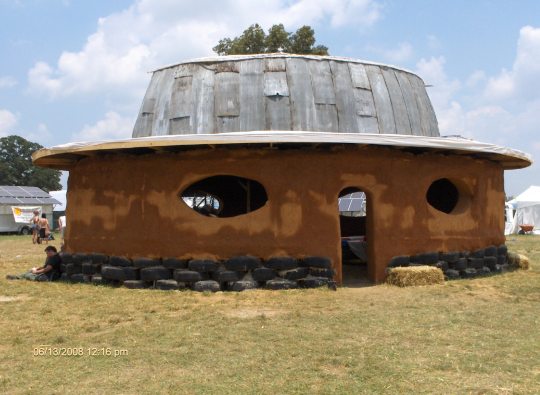
22 notes
·
View notes
Text
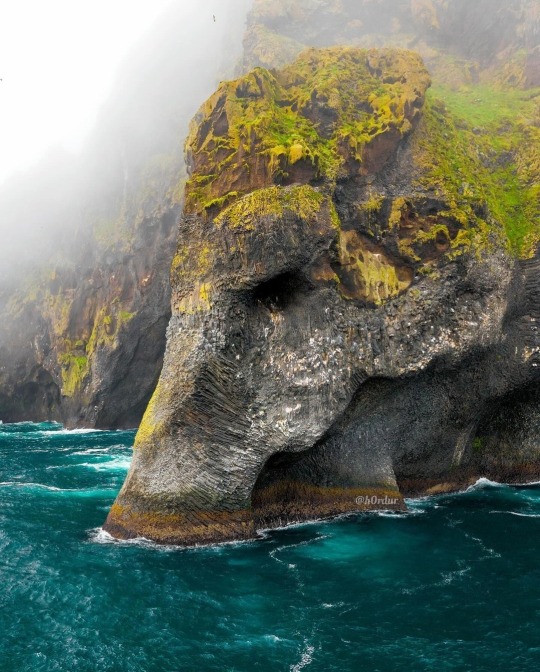
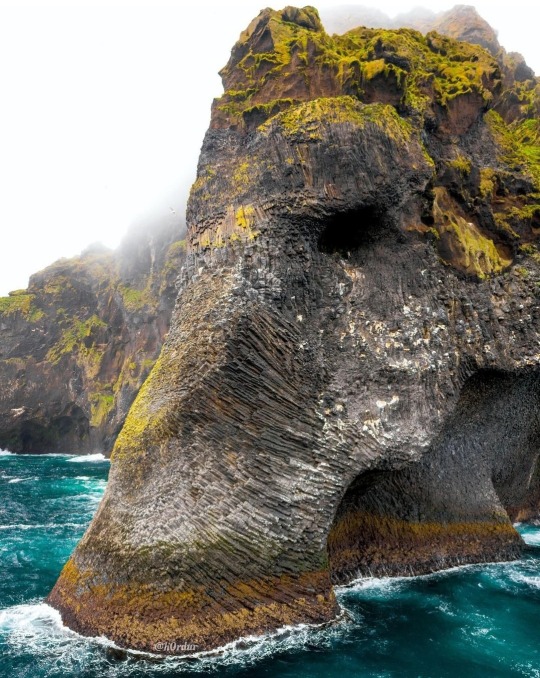
by h0rdur
#iceland#landscape#elephant rock#pareidolia#aesthetic#nature#naturecore#photography#geology#curators on tumblr#up
3K notes
·
View notes
Text
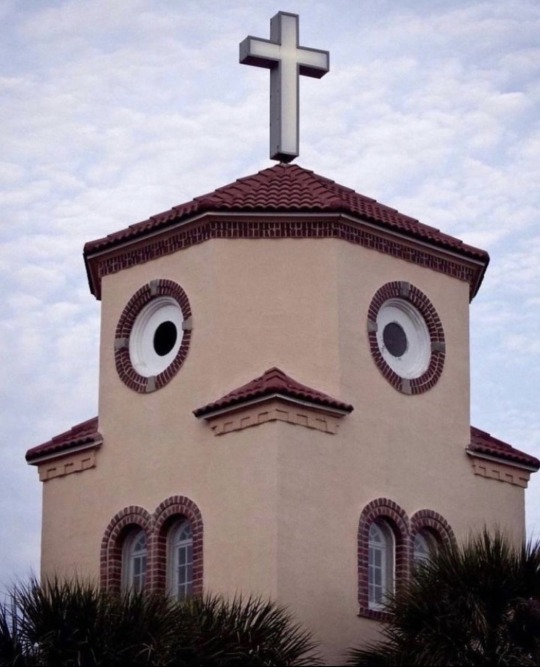
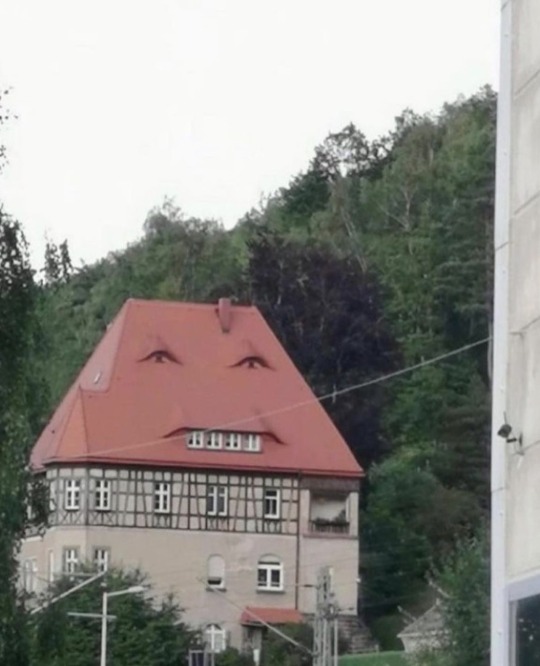
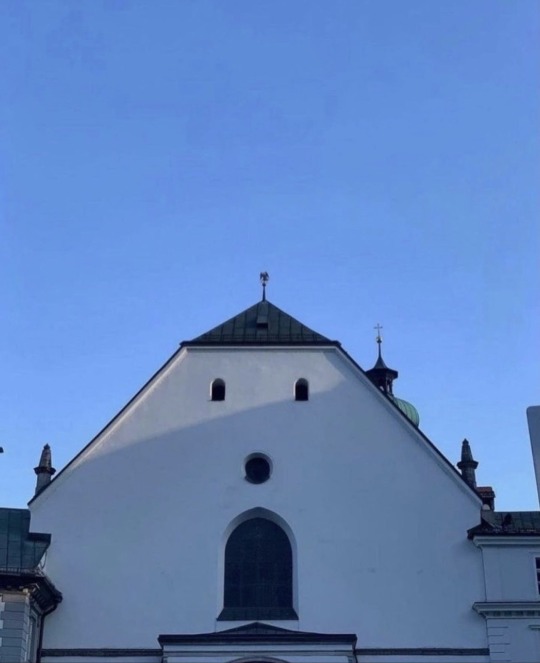

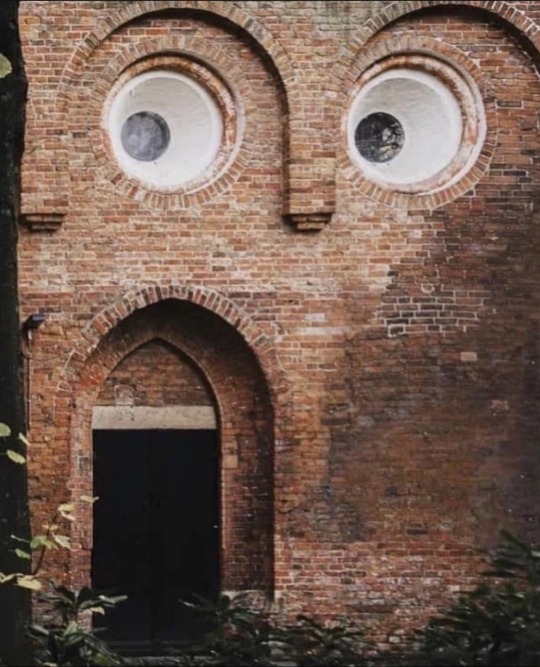
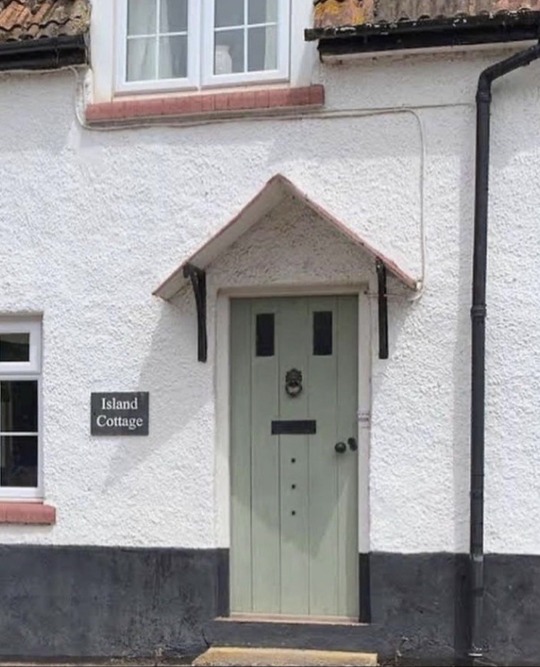
Pareidolia is the tendency for perception to impose a meaningful interpretation on a nebulous stimulus, usually visual, so that one sees an object, pattern or meaning where there is none
4K notes
·
View notes
Text
Visually misreading stuff happens to everybody, but some of the at-first-I-thought-it-was comments on this site raise fascinating questions about what y'all think is a plausible size and shape for a penis.
668 notes
·
View notes
Text
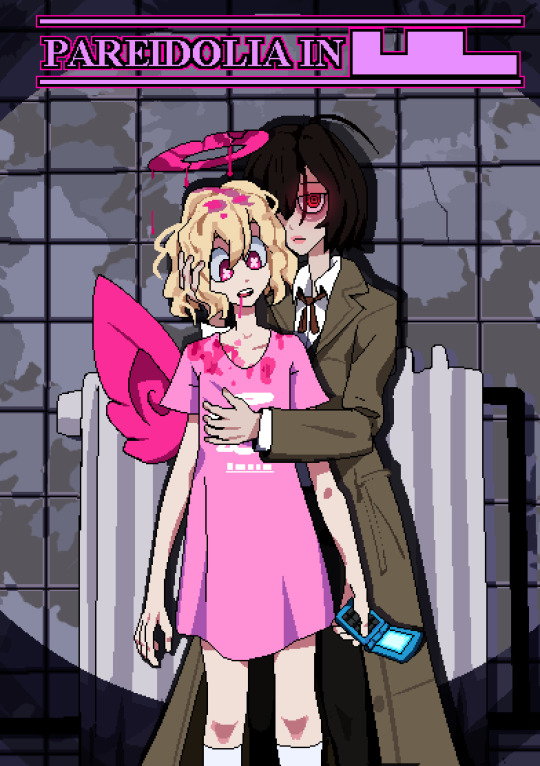
Fanart....you should play Pareidolia, it's rlly good.. https://773tk.itch.io/pareidolia-in.
207 notes
·
View notes
Text
A Rock Bestiary of the United States
A gallery of Interestingly Shaped Rocks, by no means comprehensive, as told through old postcards found on eBay! Pareidolia and the human imagination are powerful things.

Alligator Rock (Catskill Mountains, New York)
There is also a Dinosaur Rock right next door.
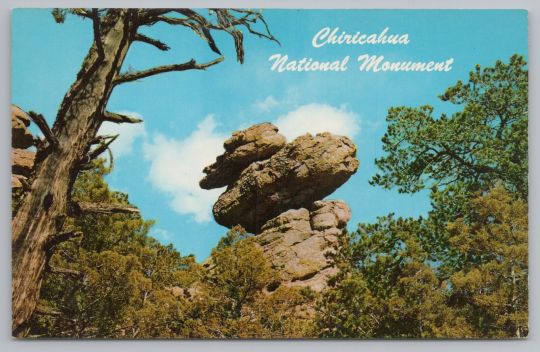
Duck on the Rock, Chiricahua National Monument, Arizona

Eagle Rock and Cradle Rock, Texas Canyon, Arizona
(is there an Arizona Canyon in Texas?)

Elephant Rock, Olympic Peninsula, Washington
Sadly this elephantine arch is no more. Compare how much it eroded in the pictures!
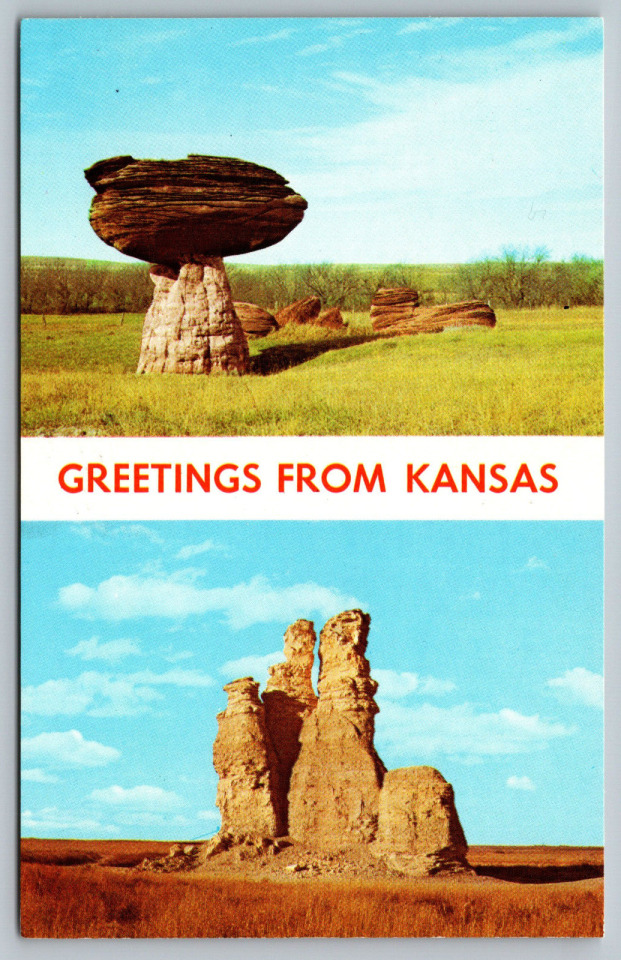
Mushroom Rock, Mushroom Rock State Park, Kansas
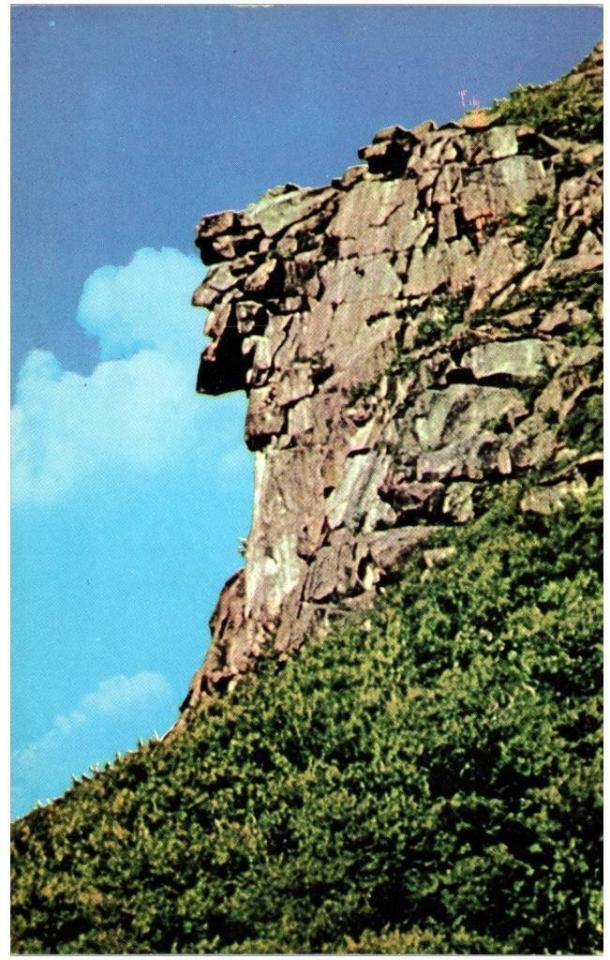
Old Man of the Mountain, Franconia, New Hampshire
Also defunct.

Old Scotchman, Garden of the Gods, Colorado

Poodle Dog, Valley of Fire, Nevada
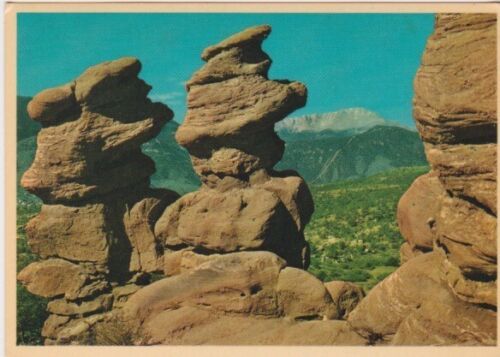
Siamese Twins, Garden of the Gods, Colorado
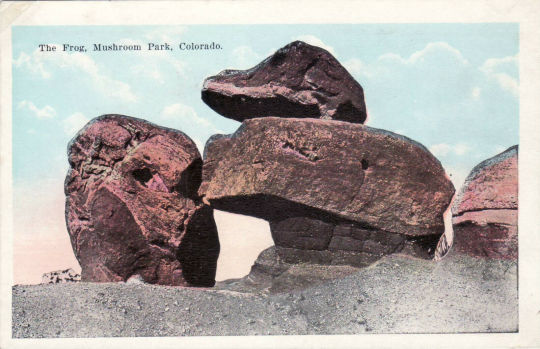
The Frog, Mushroom Park, Colorado
(Mushroom parks are popular, so far two states have them)

The Needle’s Eye, Black Hills, South Dakota
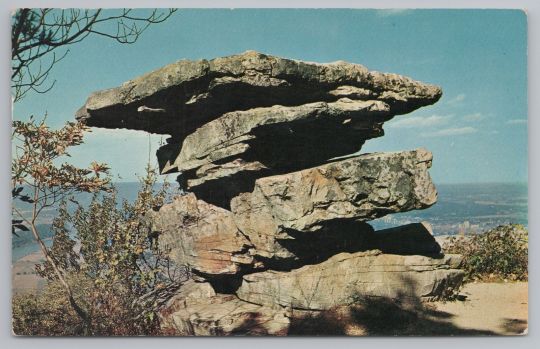
Umbrella Rock, Lookout Mountain, Tennessee
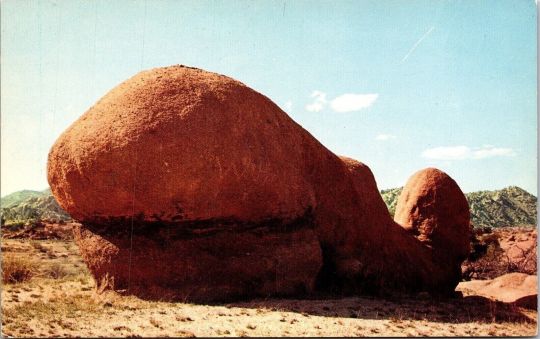
Whale Rock, Texas Canyon, Arizona
#rocks#rock bestiary#pareidolia#i want to see each and every one of these#and I know I never will#there's a magic to old postcards#geology
864 notes
·
View notes
Text
Seeing Faces
It’s rare when we get a shipment to deliver that’s not packaged somehow — either in Earth-standard boxes, another world’s version of shipping crates, or a livestock pen of some kind. Even that bunch of alien trees had been thoroughly wrapped at the bottom. But this collection of machinery parts didn’t have so much as a layer of cling-wrap on it. I guess the owners figured these things were sturdy enough not to need it.
They were probably right. The metal chunks were heavy. I tried to guess what they were made for as Blip and Blop muscled the biggest ones onto a hover sled, clearing the way for Paint and me to gather up the smaller pieces. Captain Sunlight bid the customer farewell and shut the cargo bay door.
“I think these look like vertebrae,” I said to Paint. “Greasy vertebra. Ew. I’m going to need a new shirt.” The offworld engine oil of whatever didn’t seem acidic at least, so that was nice. I sighed about the black smears.
“Strange vertebrae,” Paint said, juggling her own armload of odd shapes that didn’t seem to be rubbing off on her orange scales. Not that I was jealous or anything. “There would need to be a dual spinal cord.” She tapped a claw on one of the holes.
“Hm, yeah. There are probably animals like that,” I said. “Or robots, as the case may be.”
Ahead of us, Captain Sunlight opened the door to the appropriate storage hold, then headed off on captainly business. It was impressive how different a vibe she gave off compared to Paint, for all their physical similarities. Both were little lizardy people, but one strode with her lemon-yellow head held high, every inch the authority figure, while the other was Paint. She somehow bounced when she walked, even when weighted down by unwieldy metal things.
“I’ll bet these stack really well,” Paint said. “They look like they interlock. We could probably build a spinal column without them falling over.”
“We probably could,” I agreed. “But I don’t want to be the one responsible for bending one of the flanges because we wanted to test it out.”
“Hm. Yep yep yep. But I maintain that we could.”
“We could.”
The two of us entered the storage hold to find Blip and Blop racing to see who could unload the sled faster. It’s not that the Frillian twins were overly competitive, but they were twins. They’d apparently hatched at the same time, and had been in a low-key competition to see who was better at life ever since. But they smiled while they did it.
“Done!” Blip declared, setting down a lump of metal big enough for Paint to hide behind. She raised her hands in triumph, fins fluttering.
“Doesn’t count,” Blop said as he put down his own piece. “You didn’t line them up right. Mine are tidier.”
They squabbled about this while Paint and I unloaded our metal chunks nearby. I had to kneel to keep from dropping the things. It would be just my luck if they did warp on impact, or bounce off each other and whack me in the shin.
The Frillians took their debate out the door before I finished. They’d already moved on to who could steer the hoversled with the minimum of touching.
“Ha,” Paint said. “They do stack.”
I turned to see only one of the things set on top of another, with Paint ready to catch it if it slid. She took it down before I could say anything.
I just nodded and arranged my own into a reasonable huddle, then wiped my hands on my shirt. It was only when I moved toward the door, with a look back at the big pieces, that I got a good look at the one that Blop had set on its side.
This was the logical place to put it, not sticking out past the rest, but the thing that caught my attention was the shape when seen from this angle. Those two holes could have been eyes, and the flanges were shaped like stubby arms. There were even a couple slots in the middle like nostrils.
I burst out laughing.
“What?” Paint demanded.
“It looks like Zhee!” I said, pointing. “Big bug eyes and everything!”
“What does?” Paint asked. She came to stand next to me, following my arm, but just looked confused. “Where are the eyes?”
“These!” I said, stepping closer and pointing at the holes. “And those are the arms. Isn’t it perfect?”
Paint cocked her head as if slightly tilted vision could unlock the answers. “Arms?”
I repeated myself, but she still looked lost, so I found a notepad and pencil in a storage cupboard —reliable even when the batteries all run out — and sketched what I saw.
“Ohh, I get what you mean now,” Paint said when I showed her. “Those parts are lifted like pincher arms, and those are roughly the same proportion as Mesmer eyes.”
“Yeah, it’s uncanny,” I said.
Paint took the notepad to study it closer. “How did you even notice that?”
“It was pretty easy,” I told her. “It just jumped out at me when I looked from the right direction. Like seeing faces in clouds, you know?”
Paint’s blank expression said that she didn’t know.
“Do you not do that? Find patterns of familiar shapes in random things?”
“No?” she replied. “Is that a thing I’m supposed to be doing?”
“You don’t have to! It’s just something that everybody does on Earth, ever since we’re kids. It’s probably from a long history of watching for camouflaged predators in the bushes. You’ve got camouflage on your planet, right? You must.”
“Yeah, sure,” Paint said easily. “But I guess not that much. I’ve never seen a face in a cloud; that sounds terrifying.”
“Not really; it’s more like feeling smart for spotting something. Well,” I amended. “It could be a little unsettling if you see a skull or something. But that’s rare. There are whole systems of divination about this sort of thing.”
Paint looked like she was about to ask a million questions, but right then the sound of familiar clicking footsteps tapped down the hall.
“Zhee!” Paint called, whirling with the notebook in her hand. “Zhee, look what Robin saw!”
Zhee came into view looking just as eyecatching and purple as usual, halting at the doorway while Paint eagerly explained the conversation we’d just had. Quickly and enthusiastically. With lots of waving the sketch around, and pointing back at the machine part.
I felt like apologizing as he stared with an unreadable alien expression. His antennae weren’t even moving; I couldn’t tell what he thought of it all.
Finally Paint finished talking. “She says it’s probably because her species watches for predators in the bushes. Isn’t that amazing?”
Zhee made a point of looking slowly from the sketch to the metal thing, then to me. I braced myself for judgement.
Instead, Zhee raised his pincher arms into the same pose and declared, “I am the danger that lurks in the bushes.” Then he slunk out of sight, many legs scuttling in a quickstep way that he knew darn well I found creepy.
Paint blinked at the empty doorway, still holding the notebook.
“Aw, man,” I said. “He’s picking things up from Trrili.”
Paint immediately closed the notebook. “We definitely shouldn’t show her.”
“Agreed!” I said.
After a moment of thought, Paint tore the page out and handed it to me, then took the notebook back to the cupboard. I pocketed it with a final glance at the metal vertebra that looked remarkably like a cartoonish Mesmer squaring up for battle.
Someone had left a roll of no-residue marking tape on a box nearby. I grabbed a strip and stuck it onto the metal, with the ends curved up.
Now the thing had a goofy grin that possibly no one would recognize. But if there were any humans on the receiving end of this delivery, they ought to get a good laugh out of it.
~~~
The ongoing backstory adventures of the main character from this book. More to come! And I am currently drafting a sequel!
#my writing#The Token Human#humans are weird#humans are space orcs#haso#hfy#eiad#pareidolia#I definitely had to check how to spell that one#seeing faces in clouds#you know the one#'drunk octopus wants to fight you'#that picture of a coathanger#if you don't recognize that phrase look it up; it's a great accidental octopus#and oh yeah#I am definitely writing the sequel to A Swift Kick to the Thorax#very exciting#lotta fan favorites making glorious returns#I just wrote a scene with Vittr that I find extremely entertaining#and you might too#we'll just have to see!
259 notes
·
View notes
Text

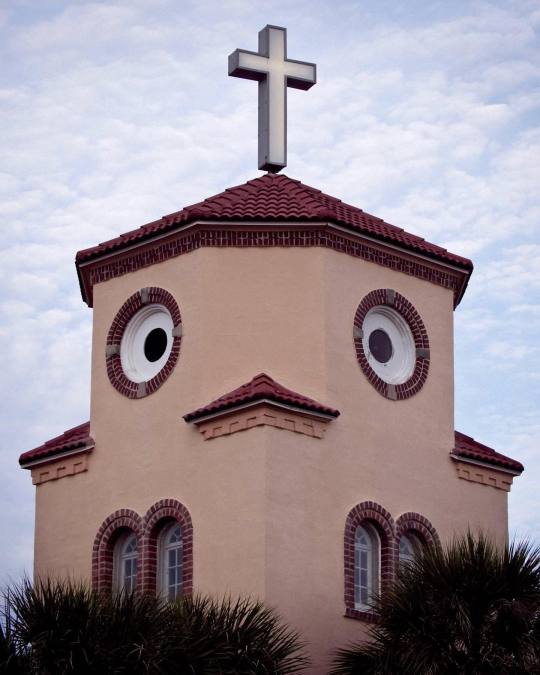




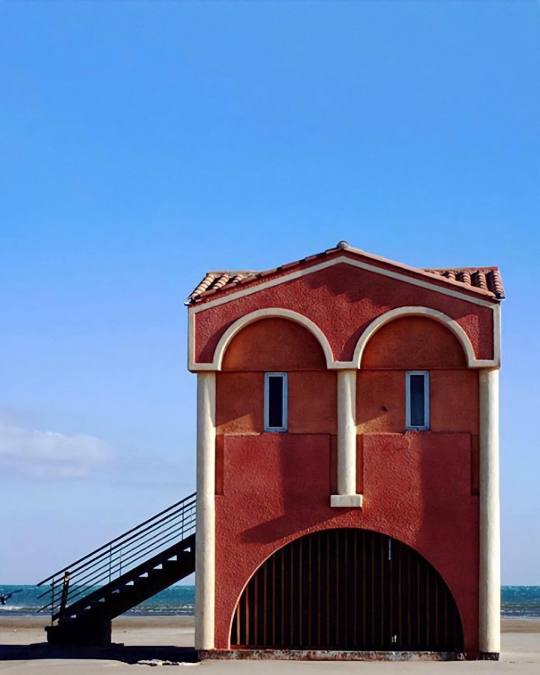
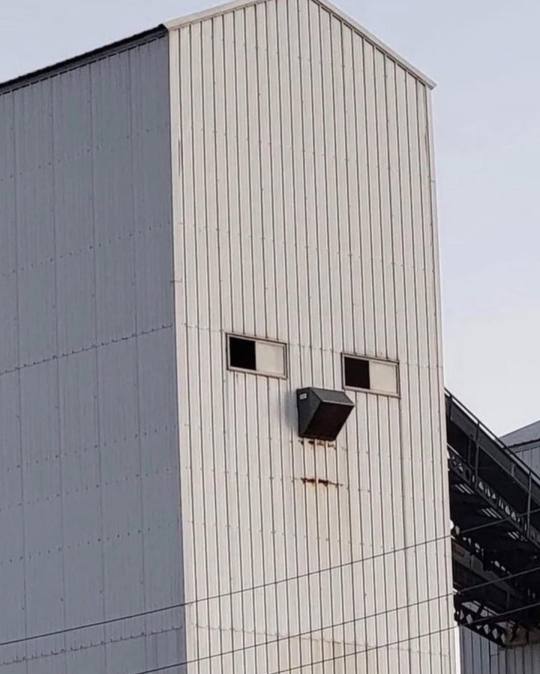

Photo by: @alex_maridashvili
#art#surreal#photography#fun#funnyshit#funny#funny shit#funny pictures#pareidolia#êrception#architecture#house#figure#imagination#interplay#storyteller#alex maridashvili
151 notes
·
View notes
Text

My activity looks like a little cat. 🐈😸
131 notes
·
View notes
Text

387 notes
·
View notes
Text

Found an old god of the forest on the way to the chemist
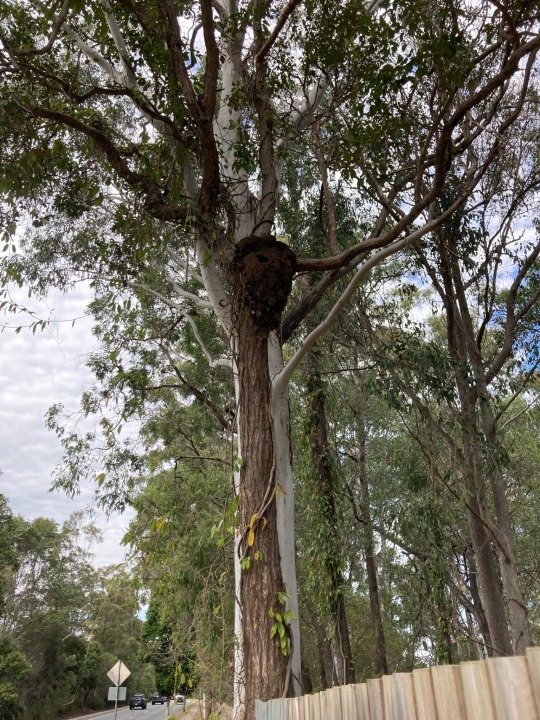
153 notes
·
View notes
Text

the springtime Dove chocolates are sending me a message. 🌀🟨
#wally darling#welcome home puppet show#welcome home wally#wh wally#welcome home#wally my beloved#pareidolia
71 notes
·
View notes
Text

60 notes
·
View notes
Text
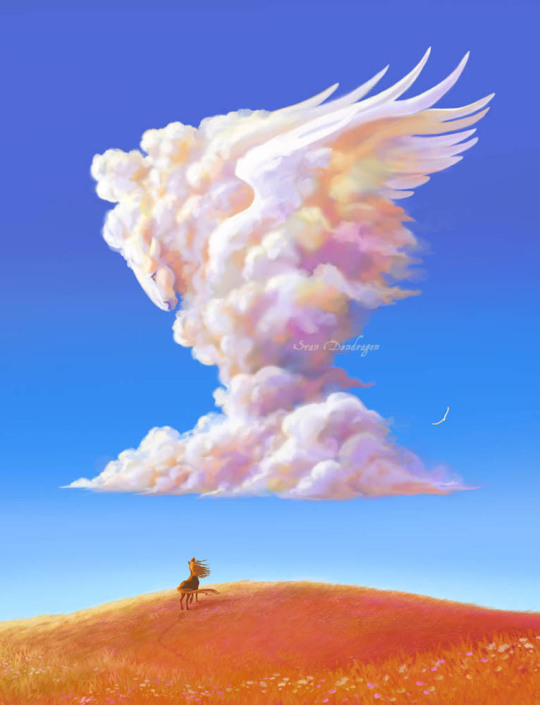
Noble Cloud

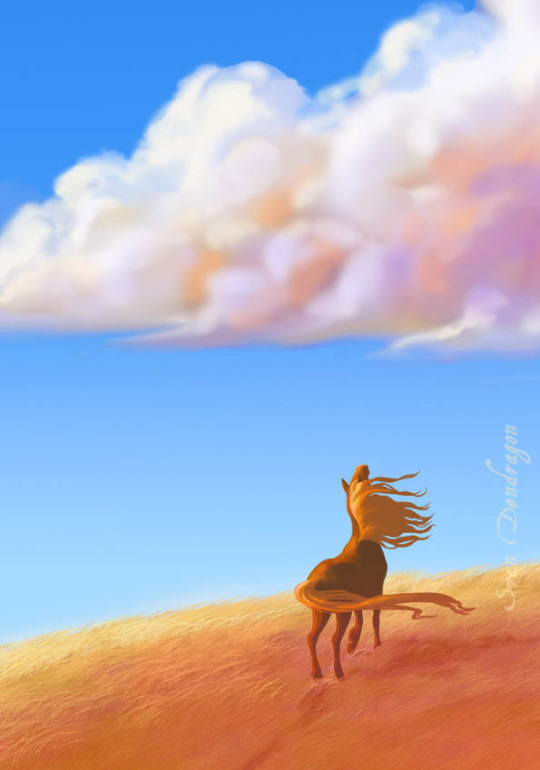
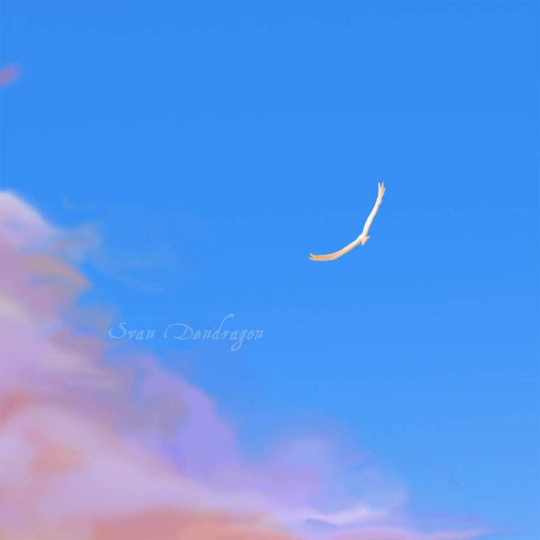
Once in summer 2021, I play to a little pun word game, and the result gives me "Noble Cloud". And obviously it inspired me a drawing!
So I doodle this fluffy fierce pegasus cloud.
Now that I've a tablet, I decided to redraw and improved it a little, so here the new version.
~
J'avais dessiné la première version de ce pégase nuage en 2021, en m'inspirant d'un petit jeu créé par Eupholie, et j'ai eu envie de le retravailler un peu ces jours ci. ^^
Enjoy ! :3
(Below here the first original doodle I did in 2021)
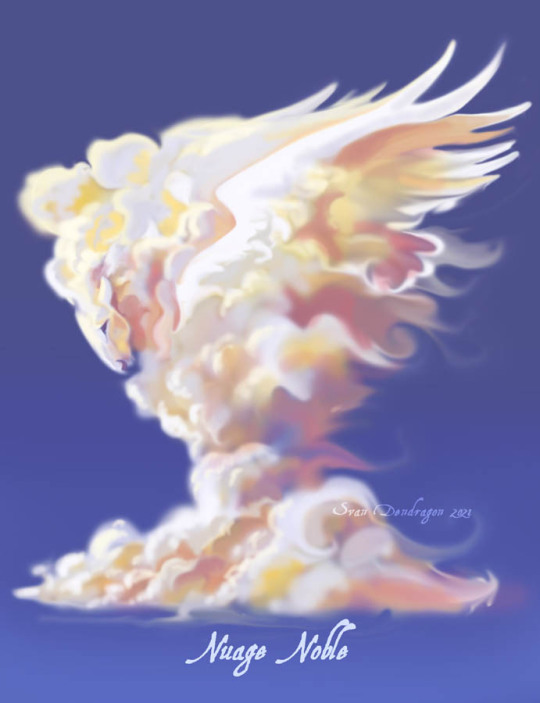
#art#fantasy art#pegasus#pareidolia#horse art#winged horse#digital art#no ai#jufly#cloud art#artists on tumblr#french artist#svandendragon
193 notes
·
View notes
Photo

Death Bee - CobaltPlasma
41 notes
·
View notes
Text
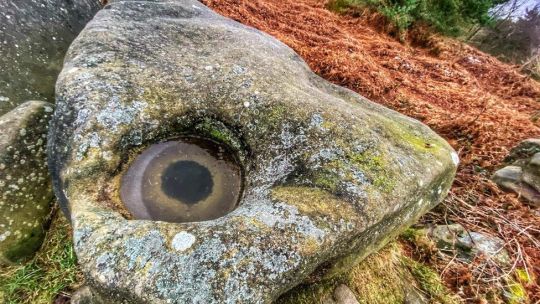
This frost formation on a rock looks like an eye.
Seriously. Look at it!
It does!
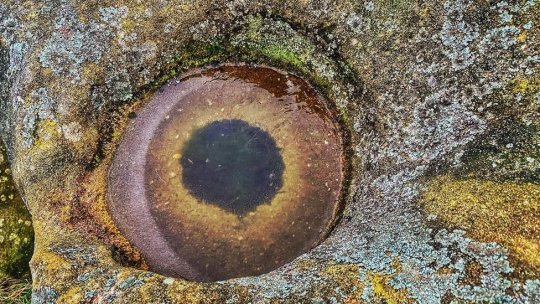
Hmmm….
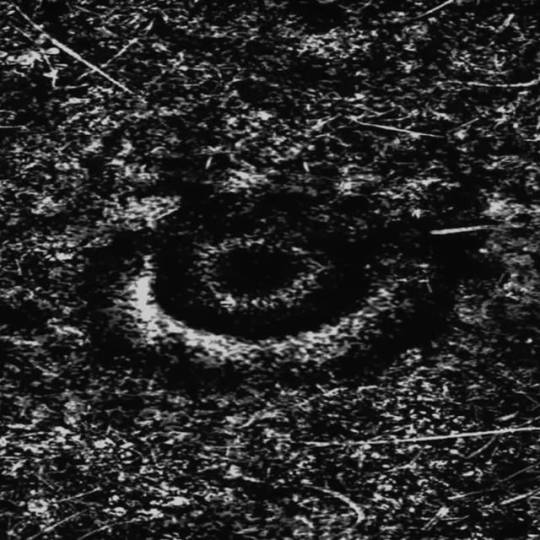
Hmmm….

*LOUD NOISES!!!!!*
Gah! Fucking hell!
Don’t do that!
Mister Manticore at it again with the Matthew 6:22 Jumpscare!
Scared the goddamn shit out of me.

*MORE LOUD NOISES*
QUIT THAT!!!!!
For fuckness’ sake!
#dougie rambles#personal stuff#my poor attempt at a joke#eyes#eye#frost formation#frost#pareidolia#what#no context#this sounded funnier in my head#mister manticore#monument mythos#the nixonverse#analog horror#jumpscare#shitpost#highbrow shitposting#eerie#creepy#oddly terrifying
146 notes
·
View notes